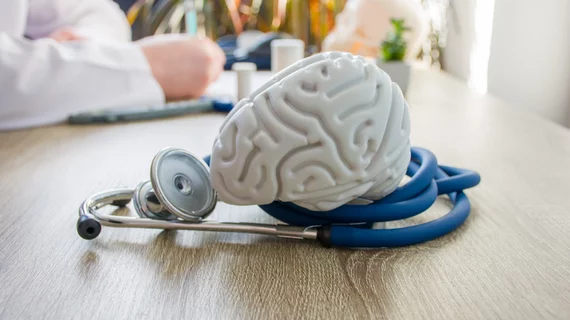AI system to help neuroradiologists detect brain aneurysms has ‘major’ potential for clinical practice
A new artificial intelligence system greatly helps radiologists of all experience levels better detect and diagnose brain aneurysms on CT angiography exams, new study results show.
Intracranial aneurysms (IA) are life-threatening, particularly if the weakened area ruptures and leads to a subarachnoid hemorrhage, which carries a mortality rate as high as 40%. CTA is widely used for IA cases, but the complexity of the condition and increased workload for radiologists has pushed many to seek an automated solution.
With this, researchers turned to a novel head and neck AI-assisted system known as Cerebral Doc. The model itself proved accurate, while junior and senior neuroradiologists also saw gains in sensitivity and accuracy, researchers wrote Jan. 20 in the European Journal of Radiology.
“By combining the findings of radiologists and Cerebral Doc, more aneurysms can be detected faster and more accurately,” Xin Wei and co-authors with the Department of Radiology at Second Affiliated Hospital of Chongqing Medical University, China, added. “The AI plus physicians work mode could have a major influence on daily clinical practice and clinical research.”
The study included 212 patients who received CTA and digital subtraction angiography, currently the gold standard for diagnosing intracranial hemorrhage. Wei and colleagues tested the diagnostic capabilities of using AI and physicians separately along with a combination of both.
Cerebral Doc notched a high sensitivity and average accuracy for diagnosing aneurysms at the patient level, with improvements noted at the lesion level, particularly among aneurysms larger than 5 mm. But the greatest opportunity lies with combining AI and radiologists, the authors noted.
With assistance, junior neuroradiologists reached a diagnostic level similar to senior doctors, the authors noted. More experienced rads also benefited, but not as obviously.
Using Cerebral Doc does require extra manual interpretations, which isn’t ideal for busy rads. At the same time, the tool’s ability to automatically measure aneurysm diameter will clearly benefit overworked docs.
“Given the increasing workload of radiology departments, this finding further emphasizes that the results generated by AI provide an important auxiliary tool in emergency situations, especially for inexperienced and possibly overtired physicians,” the authors concluded.
You can read the entire study here.

